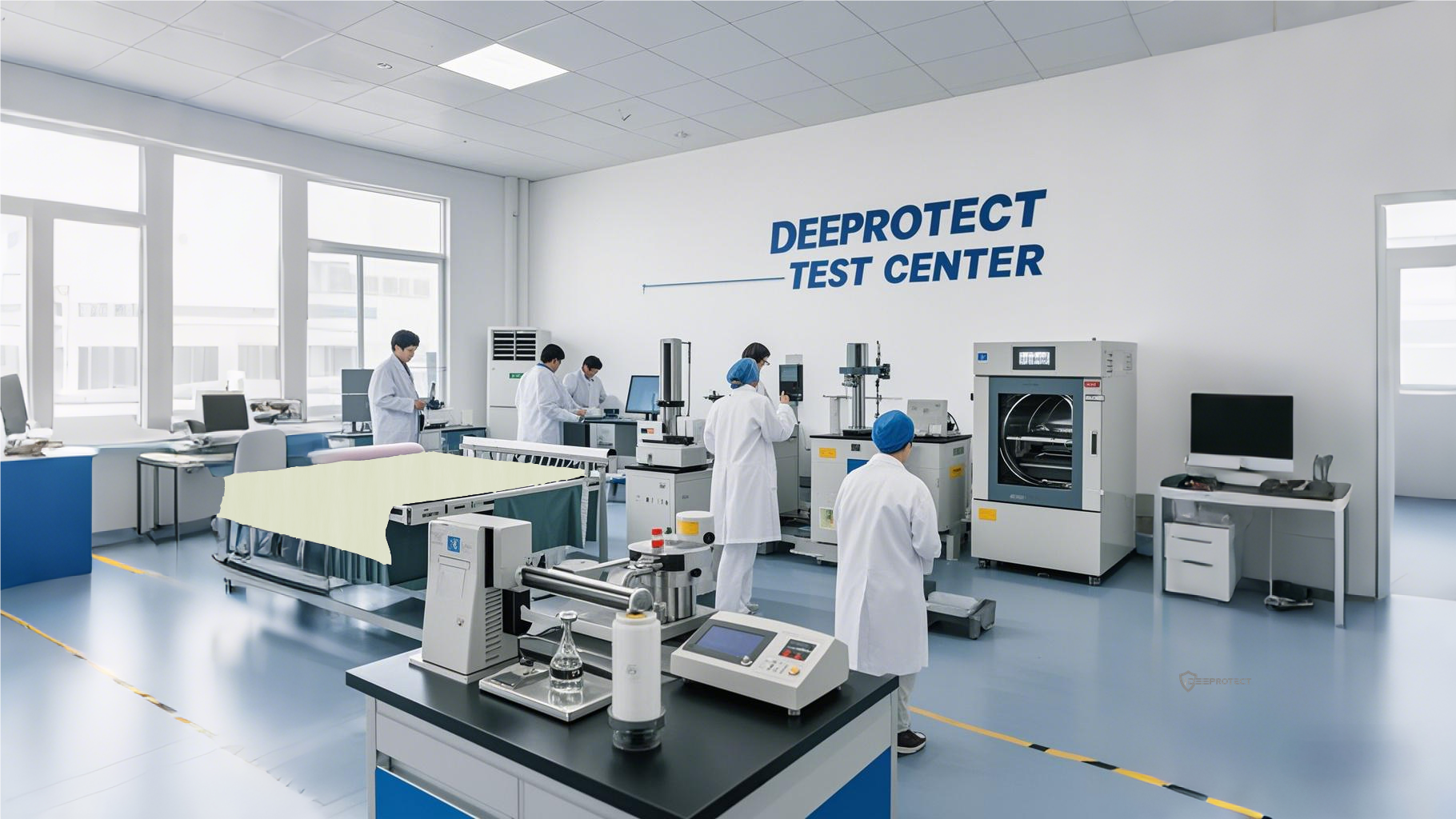

High-Temperature Resistance – Withstands temperatures up to 1,500–2,000°C (in inert atmospheres) without structural failure.
Low Thermal Conductivity – Acts as an effective thermal barrier, slowing heat transfer.
Lightweight High Strength – Offers better strength-to-weight ratios than steel or ceramics.
Chemical Stability – Resists oxidation and corrosion in extreme environments.
Customizable Composites – Can be combined with resins (e.g., phenolic, polyimide) to enhance flame retardancy.
Aerospace Aviation: Fireproof bulkheads, engine shrouds.
Construction: Fire-resistant panels, structural reinforcements.
Industrial: Protective suits, welding blankets, electrical insulation.
Transportation: High-speed train interiors, EV battery fire shields.
Research focuses on nano-coatings (e.g., graphene oxide) to improve oxidation resistance and 3D-printed CF composites for complex fireproof geometries. With further cost reductions, carbon fiber could redefine fire protection standards.
Note: Combines global advancements (e.g., NASA’s CF composites) with industrial trends (EV fire safety).
2nd Floor, No. 2 Standard Workshop, Hengke Industrial Park Phase I,Ganzhou Economy and Technology Development Zone, Ganzhou City, Jiangxi Province, P.R. China
 赣公网安备36072402000211号
赣公网安备36072402000211号